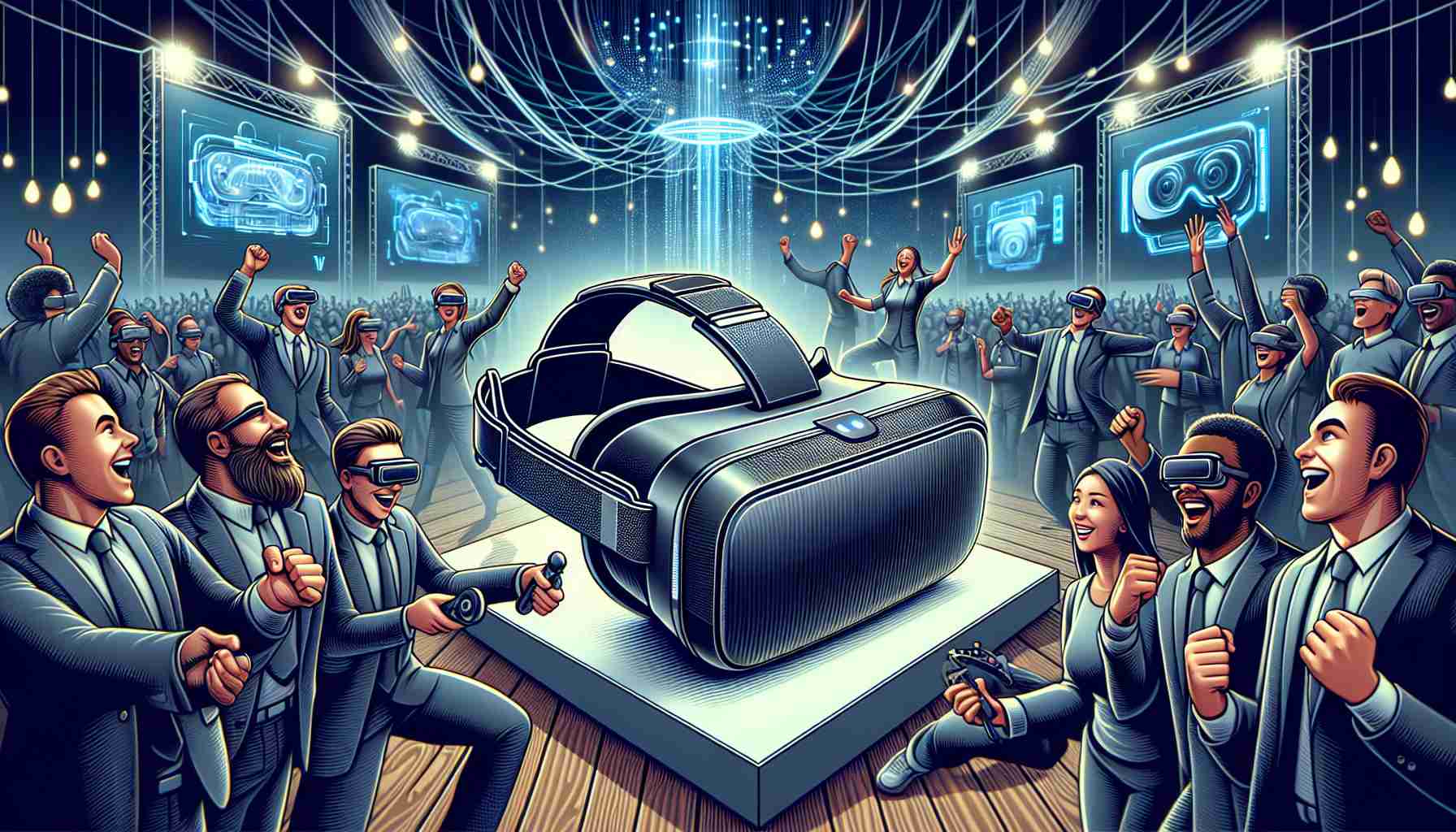The VR Vibe, a new immersive experience, has captivated users with its cutting-edge technology and sleek design. Initial reviews have praised its innovative features and overall performance, marking it as a noteworthy addition to the VR market. Despite some minor drawbacks like its lens quality, the VR Vibe stands out as a reliable device worth its $300 price tag.
One standout feature of the VR Vibe is its front IR illuminators, enhancing hand tracking even in dark environments. This unique function opens up exciting possibilities for diverse user experiences. With strong sales figures and its position as a top-selling gaming console on major platforms, the future looks promising for the VR Vibe, especially as the holiday season approaches.
Meanwhile, in the eyewear industry, Ray-Ban Meta glasses have taken the EMEA region by storm, emerging as the best-selling product in many Ray-Ban stores. The success of these smart glasses demonstrates a growing interest in blending fashion with technology. This trend underscores the importance of design in making XR products appealing to a broader audience.
Additionally, HTC has unveiled its Vive Focus Vision, a hybrid headset emphasizing compatibility with both standalone and PCVR experiences. The device’s specifications indicate a focus on high-quality display and integrated eye tracking. However, concerns linger around its continued use of Fresnel lenses and unchanged chipset. Despite its unique positioning, the Vive Focus Vision may need further refinement to achieve widespread appeal.
As the industry evolves, Unity has introduced Unity 6, signaling a new chapter in its development cycle. The updated version aims to streamline user experience by offering more controlled updates and compatibility enhancements. This move promises a more stable and efficient platform for developers and users alike, setting a positive trajectory for the VR landscape.
Additional Facts:
– The VR Vibe has been featured in several tech publications for its user-friendly interface and comfortable fit, setting it apart from competitors.
– Virtual reality technology is rapidly expanding beyond entertainment, with applications in healthcare, education, and training becoming increasingly popular.
Key Questions:
1. How does the VR Vibe compare to other leading VR headsets in terms of performance and price?
2. What marketing strategies are being implemented to promote the VR Vibe during the holiday season?
3. How does the design of the VR Vibe contribute to its overall user experience?
Key Challenges or Controversies:
– Some users have raised concerns about potential motion sickness and eye strain when using VR devices for extended periods.
– The VR industry faces challenges in reaching mass adoption due to high costs and the need for powerful hardware to run VR applications smoothly.
Advantages:
– Immersive experiences that transport users to virtual worlds with realistic graphics and interactions.
– Potential for innovative applications in various industries, such as healthcare simulations and architectural visualizations.
Disadvantages:
– High initial cost of VR hardware may be prohibitive for some consumers.
– Limited content available for VR platforms compared to traditional gaming consoles and devices.
Related Links:
– Ray-Ban official website
– HTC official website
– Unity official website



